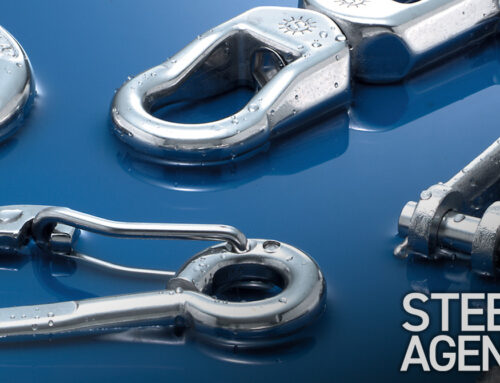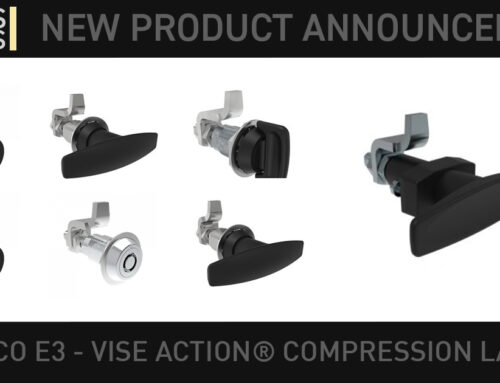What are gas springs?
A gas spring is a pressurized cylinder and piston typically used to push open or assist in the opening/operation of a panel, door or lid. According to Wikipedia, a gas spring is a type of spring that, unlike a typical mechanical spring that relies on elastic deformation, uses compressed gas contained within an enclosed cylinder sealed by a sliding piston to pneumatically store potential energy and withstand external force applied parallel to the direction of the piston shaft.
What is the “gas” in gas springs?
Typically, gas springs are filled with Nitrogen gas, which is inert, non-flammable and less susceptible to temperature fluctuations that would otherwise affect other gases. This is why your car’s hatchback operates the same in winter as it does in the summer months.
How do they work?
Gas springs (not to be confused with dampers, which we will discuss later) work by using the compression force of nitrogen gas against a piston to create lifting/pushing force. This force can be set at the factory to be as low as 10lbs and as high as “hundreds” of pounds. Using this same principle, gas springs can be installed in ways that will either hold the door open, closed, or both!
What are the performance specifications/limitations for gas springs?
There are some limitations you’ll need to know about, but these limitations only affect the extremely long sizes of springs. For example, force limits apply to long stroke springs, which means that the maximum force shown in a particular series may not be available in all springs.
What are gas springs good for?
Gas springs can be used in a wide variety of applications! They are widely used in automotive applications (trunk/hatchback supports), in trucks and bus bodies, RV’s, even storage boxes that have heavy lids, or lids that just need to be held open while in use. Gas springs can be used to hold open an access panel, or provide counterbalancing, which allows a very heavy lid to be positioned, opened or closed with much less effort.
What is an ideal application for gas springs?
Gas springs are a great option for doors that are heavy or that need to be held in the open position. Some ideal applications for gas springs include car-top carriers, automotive doors (hatchbacks and hoods).
What are types/categories of gas springs?
Gas springs are available with Carbon Steel or Stainless Steel shafts, in a range of shaft/tube diameters to suit any project from light-duty lids to extra-heavy doors and panels. Gas springs can also be ordered in lengths from 15cm to about 1.5 meters, and with custom pressures ranging from 40N (9 lbs) up to 2400N (about 540 lbs)! In all, that’s thousands of possibilities, which means.. There is a gas spring for you!
In addition to the material and finish options, there’s also an option to use food-grade lubricants for restaurant or food service applications, as well as numerous mounting bracket choices.
Where do people try to use gas springs, but it’s not a great idea? (and what might be a better idea?)
Gas springs are not ideal as a door check, which is a mechanism used to prevent doors from opening too far. Gas springs might work for a while in situations where a door is constantly pushing beyond the stroke length of the gas spring, but that’s not how gas springs are intended to be used. If you need something to “keep a door from opening too far”, there are door checks specifically made for that purpose, and they can be used in conjunction with an appropriately-sized gas spring.
Are they adjustable?
The pressure inside a gas spring is set at the factory, and is not adjustable by the end-user. This is why it’s important to get the pressure calculations right the first time. While trial and error works, it can be costly in this situation, and the calculation tools we have available make it much easier (and cost-effective) to get the right size and pressure the first time… or the second time!
What should I consider when choosing for my project?
There’s a lot to consider when choosing a gas spring: How will the gas spring interact with the door? Will the gas spring provide any lift assistance for the door or lid? Will it be used primarily outdoors or indoors? All of these factors along with the installation geometry will help you determine the best spring for your project!
How do I choose the correct pressure for my gas spring?
The best way to calculate the correct pressure is to use Lift Support Technologies’ calculator. Just plug in all of the details about your door, a few measurements, and it gives you the best pressure estimate based on those variables. The online form asks you for some specifics, so be prepared with angles, weights, etc.. and all the details about your door.






